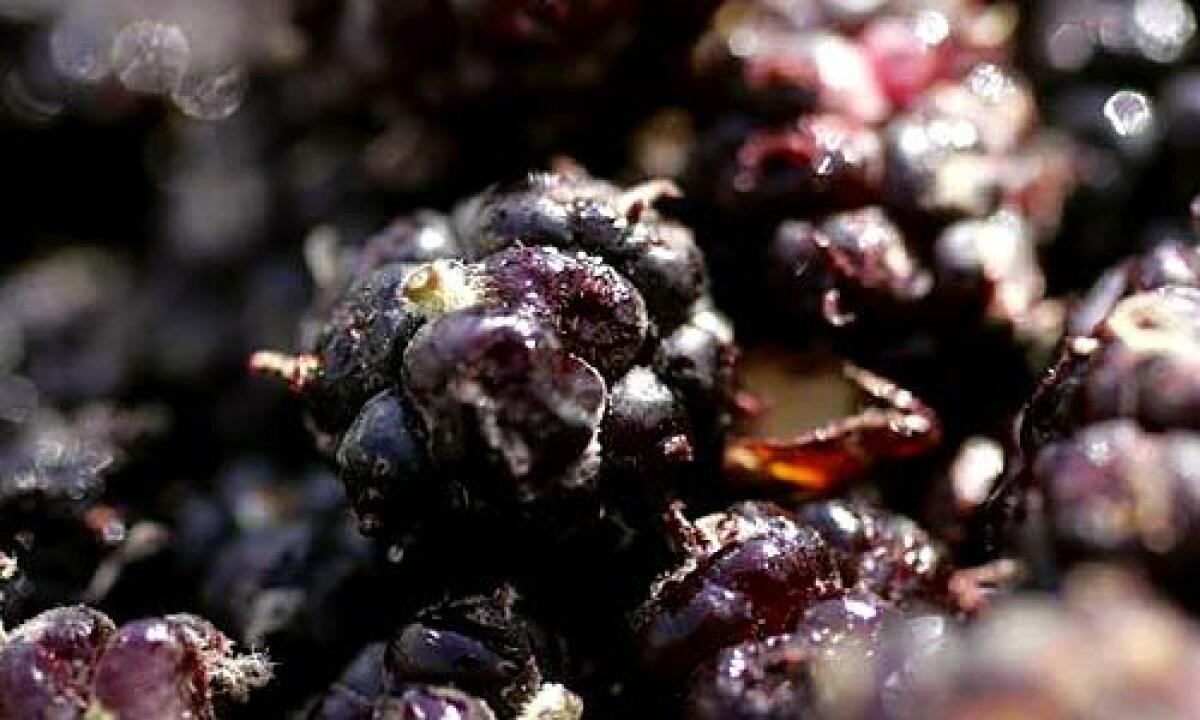In season: Persian mulberries

Just in
Persian mulberries: Quite frankly, they often don’t look like a fruit so sought-after that farmers have to hide them behind the counter. They can be fairly small, like malnourished raspberries, and so fragile that they frequently look a little dinged up from being picked. But Persian mulberries have an intoxicating effect on some people. A friend tasting her first one clapped her hand to her mouth and exclaimed, “This tastes like my grandfather’s garden!” Because they’re so sought-after, more farmers are planting them, and some farmers who grew them before are expanding their orchards. They’re certainly not yet commonplace (or cheap!), but at farmers markets you are starting to see them out on the table, instead of hidden away for the select few. If you’ve never had one, a Persian mulberry is intensely sweet, but with a nice, balancing acidity. The flavor is almost wine-like in its complexity. They’re so good that I think it’s a waste to cook them: Serve them in shortcake, on a biscuit with whipped cream, or freeze them into ice cream.
$10 per 6-ounce basket, Tenerelli Orchards, Weiser Family Farms, Flora Bella Farm.
Blenheim apricots: You can find several different varieties of apricots at the farmers market -- Pattersons, Castlebrites, Gold Bars and a couple of others -- but to my taste, the king of the California ‘cots is the Blenheim. Also called the Royal (or sometimes the Royal Blenheim), this is the apricot that reminds you of what that fruit is supposed to taste like. Modern varieties may bear more consistently, they may be bigger, and they may even be prettier. But there is nothing like a ripe Blenheim. If only they weren’t so much trouble. In the first place, the trees tend to bear in alternate years -- one harvest is heavy, the next light -- and initial indications are that this is going to be one of the light crops. The fruit tends to be tiny and its golden skin is often freckled, or even speckled. Besides that, it can be tough to tell when a Blenheim is ripe; they soften from the inside out rather than the reverse, so what feels like a firm apricot may be just perfect. Go by the orangish-golden color instead. The season is just starting, but it is short. Get them before July rolls around and they disappear.
$3 per pound, Force Field, Flora Bella Farm, See Canyon.
More to Read
Sign up for The Wild
We’ll help you find the best places to hike, bike and run, as well as the perfect silent spots for meditation and yoga.
You may occasionally receive promotional content from the Los Angeles Times.











